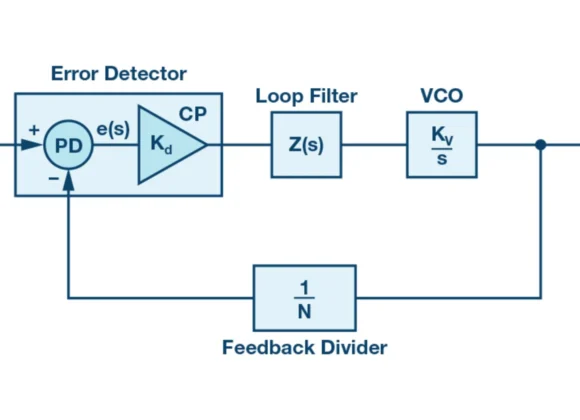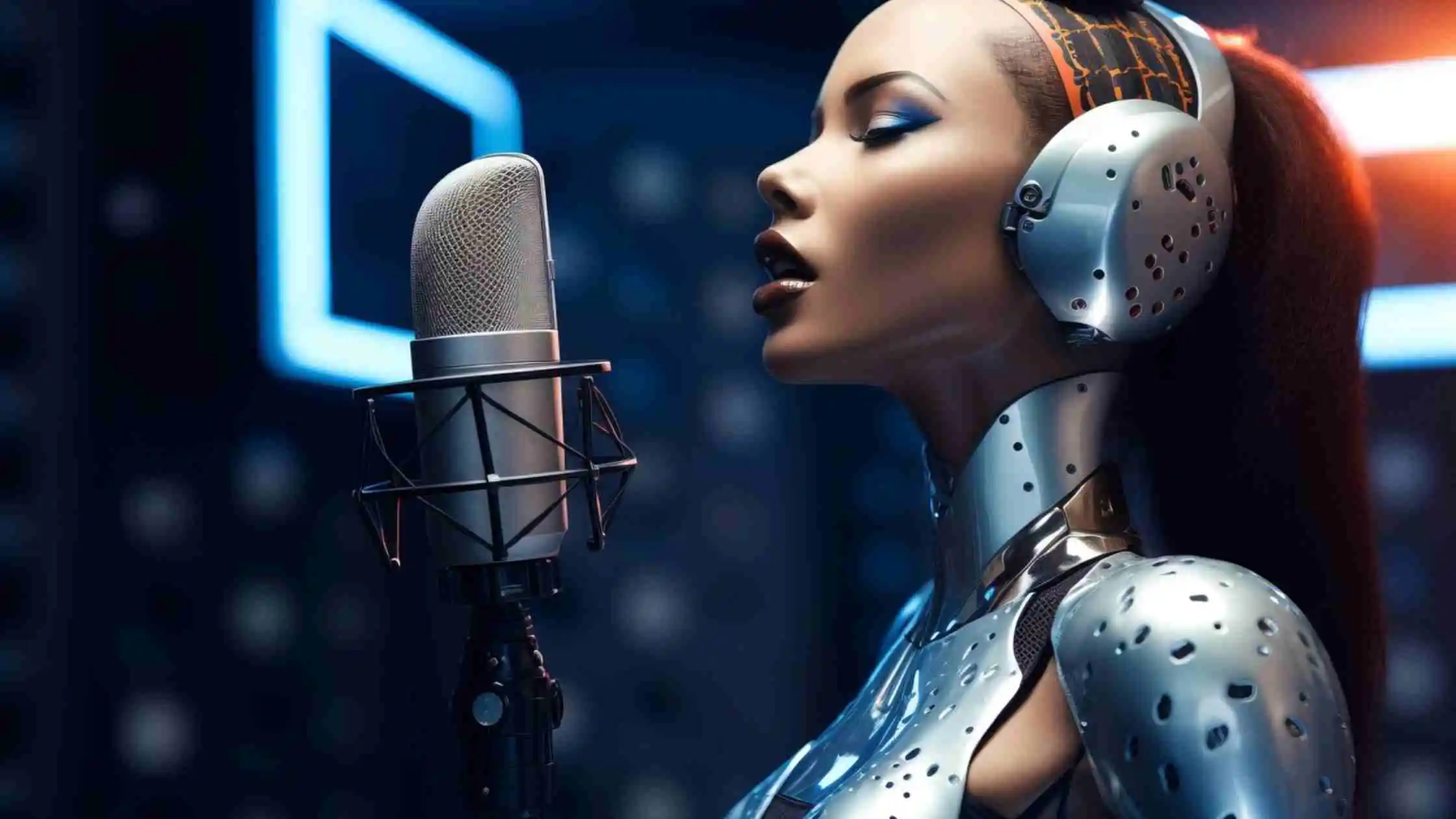The main risk with hydrogen and resistive heaters are flammability, explosivity, and asphyxiation hazards. Hydrogen is highly flammable and can form explosive mixtures with air when mixed in the right proportions.
A resistive heater has the potential to act as an ignition source, which could lead to the ignition of a hydrogen-air mixture and cause a fire or explosion. Additionally, hydrogen can displace oxygen in enclosed spaces, posing an asphyxiation risk to anyone in the vicinity of the resistive heater.
To reduce these risks, proper ventilation, leak detection systems, and strict safety protocols are crucial when using a resistive heater near hydrogen storage or distribution equipment.
Flammability and Explosivity Risks
The primary main risk with hydrogen and resistive heater is the highly flammable nature of hydrogen. Hydrogen is an extremely flammable gas, and when mixed with air in the right proportions, it can form explosive mixtures.
This creates a significant risk of fire or explosion if a resistive heater, which acts as a potential ignition source, is operated near areas where hydrogen is present.
The combination of hydrogen’s flammability and the ignition risks posed by resistive heaters can lead to catastrophic consequences if proper safety measures are not in place.
Minimizing this risk requires careful design, engineering, and operational procedures to ensure that resistive heaters are not operated in an environment where hydrogen-air mixtures can form and be ignited.
Hydrogen Embrittlement Concerns
Another main risk with hydrogen and resistive heater is the phenomenon of hydrogen embrittlement. Hydrogen can penetrate the crystal lattice structure of certain metals, including those used in the construction of resistive heaters and associated equipment.
This hydrogen penetration can lead to the embrittlement and cracking of these materials over time. As the materials become more brittle, the risk of leaks and equipment failures increases significantly.
This can compromise the integrity of the system, potentially leading to the release of hydrogen and creating further safety hazards.
Asphyxiation Hazards
Another main risk with hydrogen and resistive heater is the potential for asphyxiation hazards. Hydrogen is an asphyxiant gas, meaning it can displace oxygen in enclosed spaces.
When a resistive heater is operated in an area with poor ventilation, the hydrogen used in the system can build up, reducing the oxygen concentration in the surrounding atmosphere.
This creates an oxygen-deficient environment that can pose a serious risk to personnel working in the vicinity of the resistive heater.
To reduce this risk, it is essential to ensure that the area around the resistive heater is well-ventilated, allowing for the proper dispersion of hydrogen and maintaining adequate oxygen levels.
Leak Detection Challenges
The colorless and odorless nature of hydrogen presents a main risk with hydrogen and resistive heater. Hydrogen leaks around the heating equipment can be extremely difficult to detect, as the gas lacks any visual or olfactory cues that would alert personnel to its presence. This makes it challenging to identify and address potential leaks in a timely manner, increasing the risk of uncontrolled hydrogen release.
To address this issue, the use of specialized leak detection systems is essential. These systems, which may incorporate sensors and monitoring technologies, can help identify even small hydrogen leaks, allowing for prompt corrective action and mitigating the associated safety hazards.
Ignition Source Control
We have read about the main risk with hydrogen and resistive heater but you should also keep in mind that when working with hydrogen and resistive heaters, eliminating potential ignition sources is a critical safety measure.
Hydrogen’s flammable nature means that any source of ignition, such as sparks or hot surfaces, can trigger the ignition of a hydrogen-air mixture, potentially leading to a fire or explosion.
Resistive heaters, by their very nature, generate heat and can serve as ignition sources if not properly designed and installed.
Ventilation and Gas Dispersion
Effective ventilation is a crucial safety measure when using hydrogen in conjunction with resistive heaters to reduce the main risk with hydrogen and resistive heater. Hydrogen’s ability to displace oxygen in enclosed spaces creates the risk of asphyxiation, and the potential for hydrogen gas buildup around the resistive heater must be carefully controlled.
Proper ventilation systems are essential to ensure that hydrogen is effectively dispersed, preventing the accumulation of flammable concentrations.
Additionally, monitoring and alarm systems for hydrogen detection should be integrated into the ventilation setup, providing early warning of any hydrogen leaks or abnormal concentrations.
Maintenance and Lifecycle Management
Well it is not the main risk with hydrogen and resistive heater but you should know that regular inspection and maintenance are critical to ensuring the safe and reliable operation of resistive heaters used in hydrogen service over their lifetime. As the system ages, components may degrade or fail, compromising the integrity of the hydrogen containment and increasing the risk of leaks or other incidents.
Proactive monitoring for signs of degradation, such as material embrittlement or corrosion, is essential to identify potential failure modes before they occur. Maintenance procedures should be regularly performed to address any issues and ensure that the system continues to operate within safe parameters.
The safe deployment of hydrogen in conjunction with resistive heaters requires a proactive approach to risk management.




